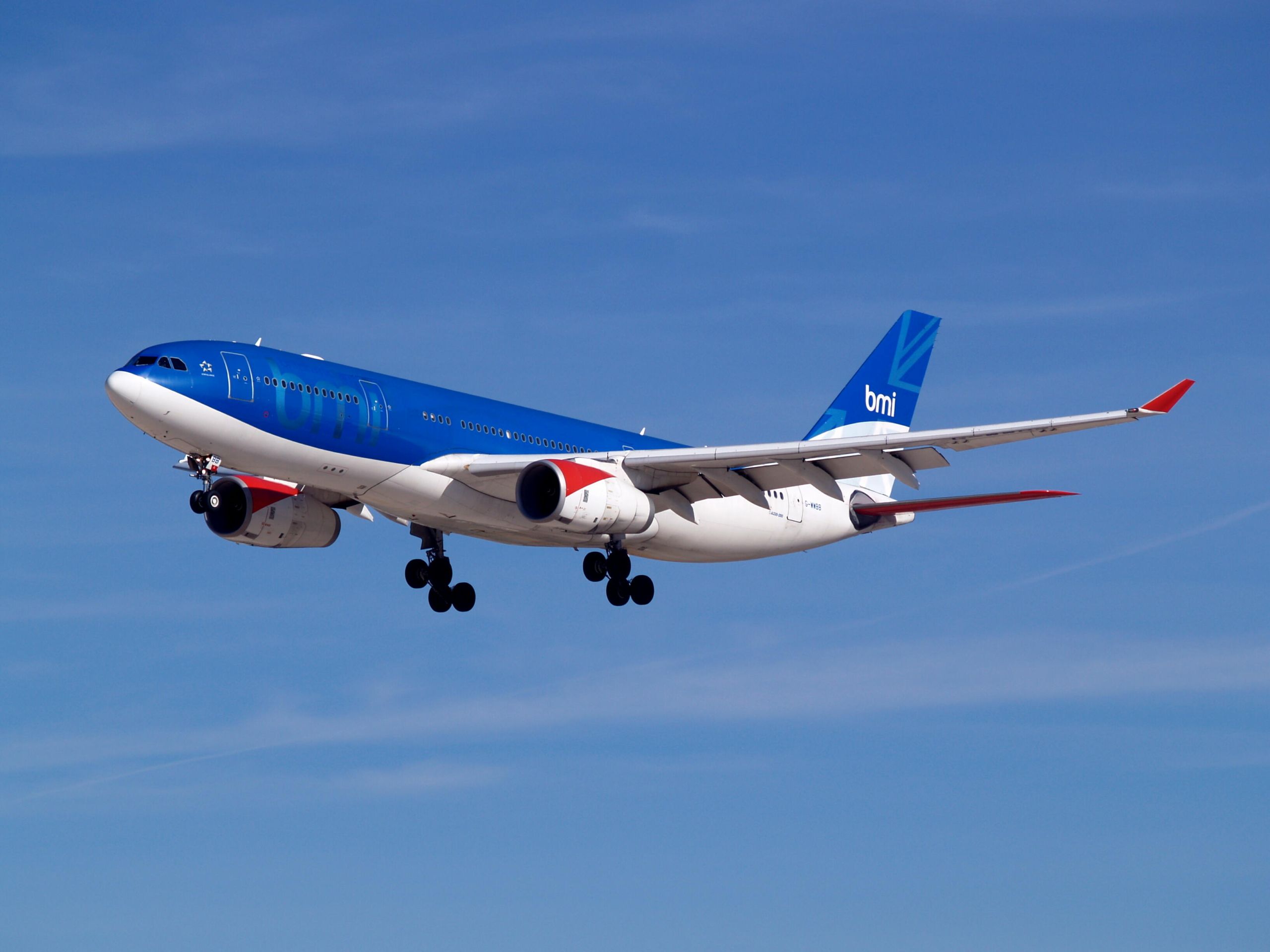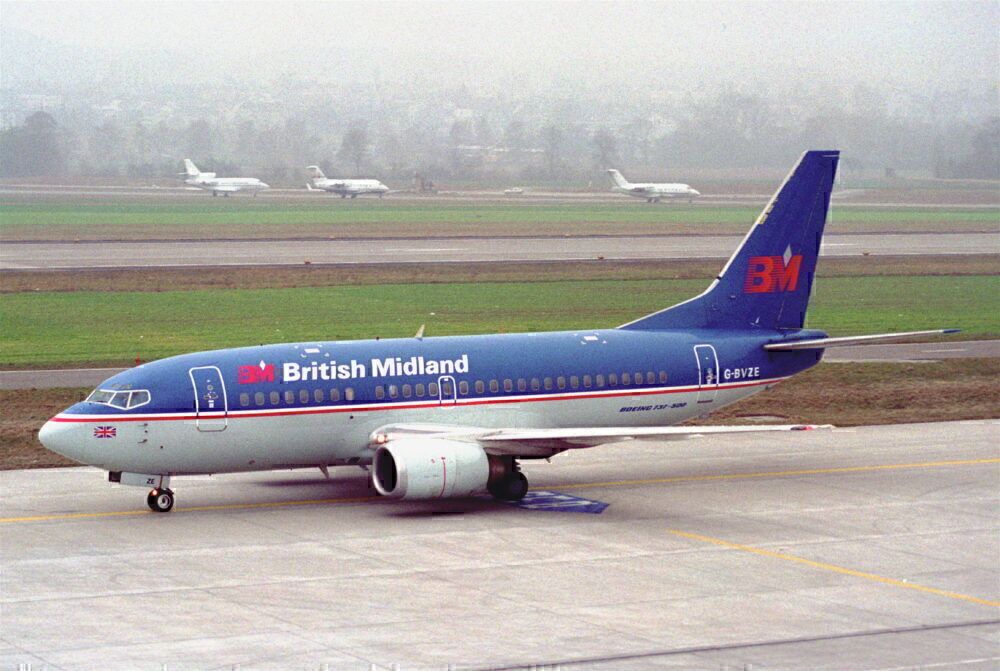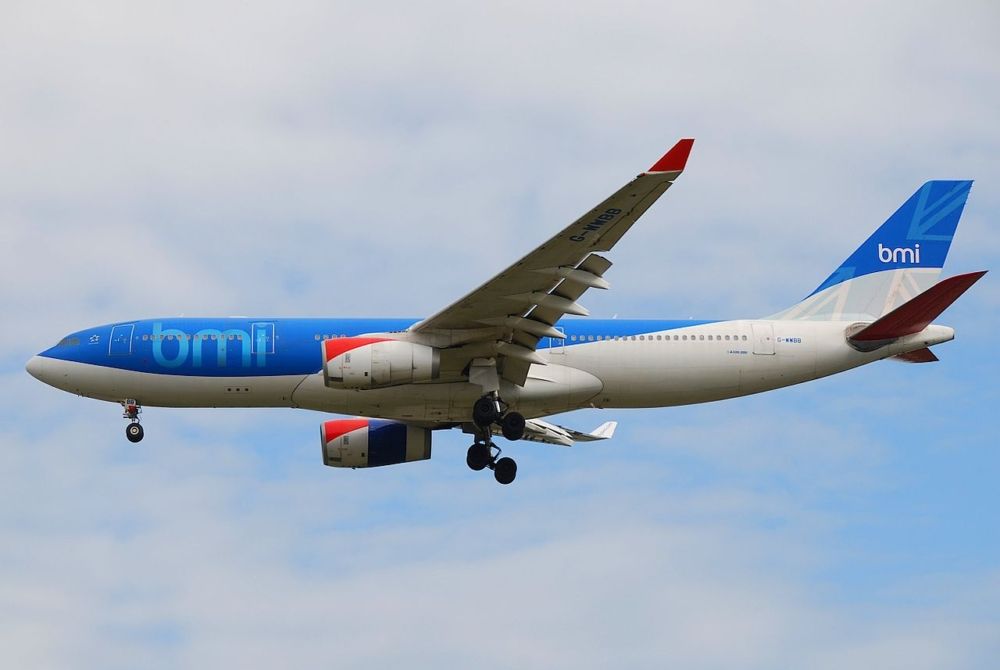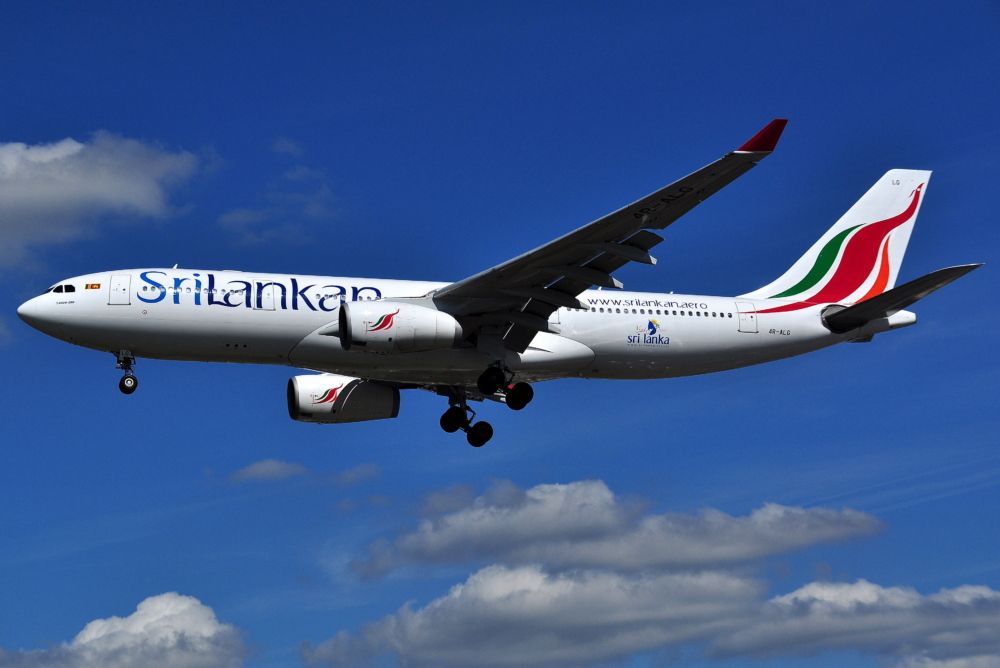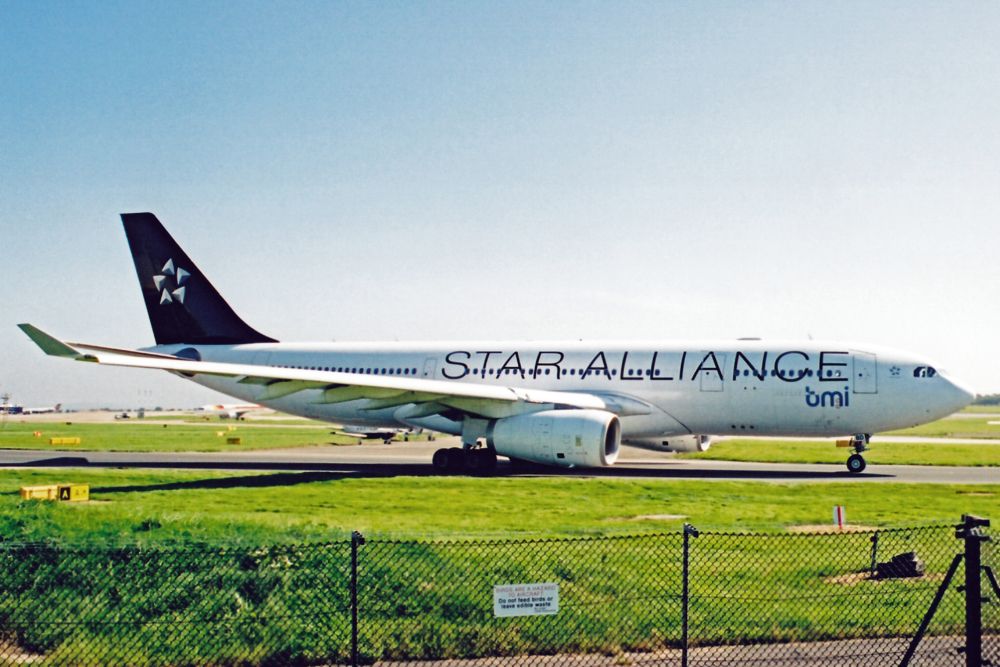British Midland International (BMI) was a major player in UK aviation before it ceased operations in 2012. It only ever operated three widebody aircraft - all A330-200s. These never transferred to British Airways after its takeover. Where did they go on to fly after the end of BMI? One aircraft has been scrapped; two may yet return to service.
British Midland International
BMI has its origins back in 1938, with a training school for UK Royal Air Force reserve pilots established by Roy Harben. This expanded after the Second World War and moved into scheduled operations from 1953.
Initial service was just to Jersey. International flights to Ostend began in 1956, and UK domestic flights started in 1958. In 1964, it bought another airline, Mercury Aviation, based in Manchester, and changed its name to Britsh Midland Airways. It expanded throughout the 1980s and 1990s with UK and European routes, many competing with British Airways.
BMI's problems began in the late 2000s. Lufthansa took the airlines over in 2009 amidst financial problems, but it continued operating under the BMI brand. In 2012, with ongoing losses, Lufthansa sold the airline to IAG - the parent company of British Airways. Aircraft, routes, and eventually liveries were all merged into the British Airways brand.
BMI and the A330
BMI (rebranded as 'bmi') introduced its first widebody aircraft, the Airbus A330-200, in 2001. With this, it started service to the US. It operated three aircraft - all introduced in April and May 2001. These carried registrations G-WWBM, G-WWBD, and G-WWBB (based on data from ch-aviation.com). They were all leased aircraft.
Retiring the first aircraft in 2010
BMI withdrew the first of its A330s in 2010 when it was owned by Lufthansa. G-WWBB returned to the leasing company and saw service with Sri Lankan Airlines (with registration 4R-ALG) and Onur Air (as TC-OCK). Since March 2020, it has been out of service and remains stored at Istanbul Ataturk Airport.
Next two aircraft were lost after acquisition by IAG
The final two aircraft, G-WWBM, and G-WWBD stayed in service until the airline merged with British Airways. Both aircraft left the fleet in November 2012. British Airways kept much of the Airbus narrowbody fleet from BMI, but not its widebodies.
G-WWBM went on to fly with Thomas Cook Airlines from 2013 until 2019. After Thomas Cook faced bankruptcy and the airline ceased operations, the A330 returned to the leasing company Aviation Capital Group. It has not returned to airline service and remains stored at Newquay Cornwall Airport. With an age of just over 20 years, it may still do. TC-OCK is the same age.
The third aircraft G-WWBD was not so fortunate. It did not re-enter airline service after it retired from BMI. The aircraft was scrapped at Orlando Sanford International Airport in September 2013.
BMI was a major UK airline in its day, operating up to 13% of all Heathrow slots at its peak. Feel free to discuss your memories of the airline and its widebody A330-200s in the comments.

